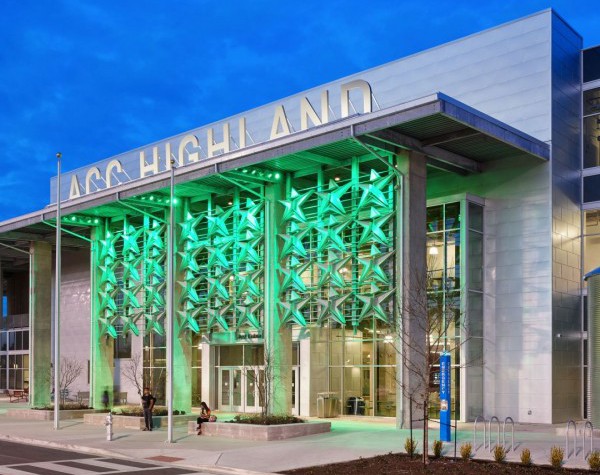Don’t Count the Regional Mall Out: Transwestern
A new report aims to debunk the supposed demise of the regional mall, and sheds light on strategies for both reinventing retail assets and boosting traditional brick-and-mortar.
By Barbra Murray
The assertion that the regional shopping mall is a dinosaur is just a nasty rumor, according to Transwestern. The real estate firm released a new report, Why Mall Reuse Is Just Beginning, that debunks the myth of the mall’s demise and shines a light on how these properties can find success through new incarnations.
Malls, and brick-and-mortar stores in general, really do have a future. “The assumptions that all purchases are moving online, all retailers are going bankrupt, and all Millennials reject the suburban mall and the lifestyle it represents are grossly exaggerated,” Brian Landes, author of the report and director of GIS/Location Intelligence for Transwestern, said in a prepared statement.
There’s smoke, yes, but there’s no fire. As noted in the report, store closures are at a peak not seen since the height of the Recession in 2009. Year-to-date, major retail chains have announced plans to shutter 3,500 U.S. stores accounting for an aggregate 62 million square feet, and experts forecast that the store-closure figure will reach 8,600 by year’s end. However, the U.S. retail market logged net absorption totaling 105 million square feet in 2016, pushing the national occupancy rate up nearly one full percentage point. As for shopping malls, the retail sub-sector recorded an occupancy level of just over 95 percent last year, and continued to see positive absorption, as has been the case since 2010.
SHOPPING MALLS AREN’T DESTINED FOR EXTINCTION
The survival of shopping malls amid booming e-commerce, ongoing store closures and other challenges can be partially attributed to the enticement of new tenants via strategic marketing and property upgrades. In the report, Transwestern points to such properties as Pennsylvania Real Estate Investment Trust’s Springfield Town Center in Springfield, Va. PREIT acquired the mall for $465 million in 2015 and continued a $250 million renovation and expansion program. Upgrades helped push the occupancy level up to 100 percent, bringing in such new blood as Saks Fifth Avenue OFF 5TH, and plans for the addition of 3 million square feet of commercial and residential space will likely secure the asset’s relevancy.
Another survival tactic: the conversion of properties that are no longer viable as retail destinations. Highland Mall, the first suburban shopping mall in Austin, Texas, commenced its reincarnation in 2014, when new owner Austin Community College converted a former JC Penney store into a 214,000-square-foot campus one year before closing the mall altogether. ACC is still in the midst of transforming the former shopping center; the company established a public-private partnership with RedLeaf properties to further redevelop the site, starting with a multifamily project. Ultimately, a full-mixed-use community will take shape.
Simply put, malls are not destined to become a thing of yesteryear. “The reputation is not totally groundless, but options do exist for owners. As we see more repurposings, these success stories will counterbalance some of the negativity,” Landes told Commercial Property Executive. Still, it can be difficult to shake a negative perception. “The narrative will continue as long as the ongoing cycle of retail downsizing and bankruptcies continue,” he added. “The sector needs to find new growth strategies and new alternative uses for old space. Those new uses may not be retail uses at all. The future of retail will be joined to medical, office, entertainment, and more. The future of retail is less about selling goods and more about creating experiences and lifestyle destinations.”
Image courtesy of Austin Community College








You must be logged in to post a comment.